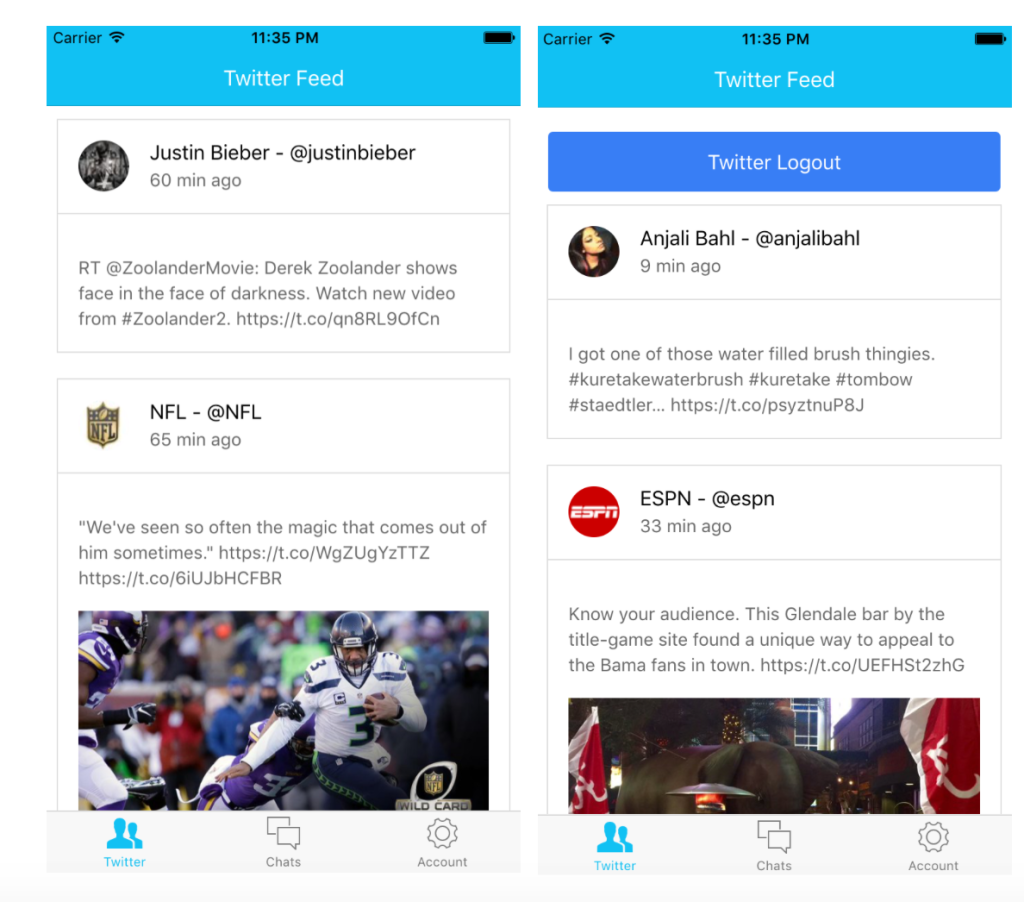Angular and React are both great front-end frameworks used for building dynamic web applications. While both have their own set of benefits, Angular has a slight edge over React in certain areas.
Here are a few reasons why Angular is a little better than React:
Comprehensive framework: Angular is a full-featured framework that provides many features out of the box, such as built-in routing, form validation, and dependency injection. React, on the other hand, is a lightweight library that only provides the essential tools needed to build a web application.
Two-way data binding: Angular’s two-way data binding allows for efficient data synchronization between the model and the view, making it easier to manage complex applications. React, on the other hand, uses a one-way data flow, which can sometimes lead to more complex code and a steeper learning curve.
Strongly-typed language: Angular uses TypeScript, a strongly-typed language that allows for better code organization, catch errors early on, and provide better tooling support. React, on the other hand, uses JavaScript, which is a dynamically-typed language that can sometimes lead to errors that are difficult to catch.
Consistent coding standards: Angular has a set of coding standards and best practices that help ensure that code is consistent and maintainable, making it easier for developers to work on large codebases. React, on the other hand, is more flexible, which can sometimes lead to inconsistencies in code style and structure.
While React is still a great option for building web applications, Angular’s comprehensive framework, two-way data binding, strongly-typed language, and consistent coding standards give it a slight edge over React in terms of ease of use, maintainability, and scalability.




